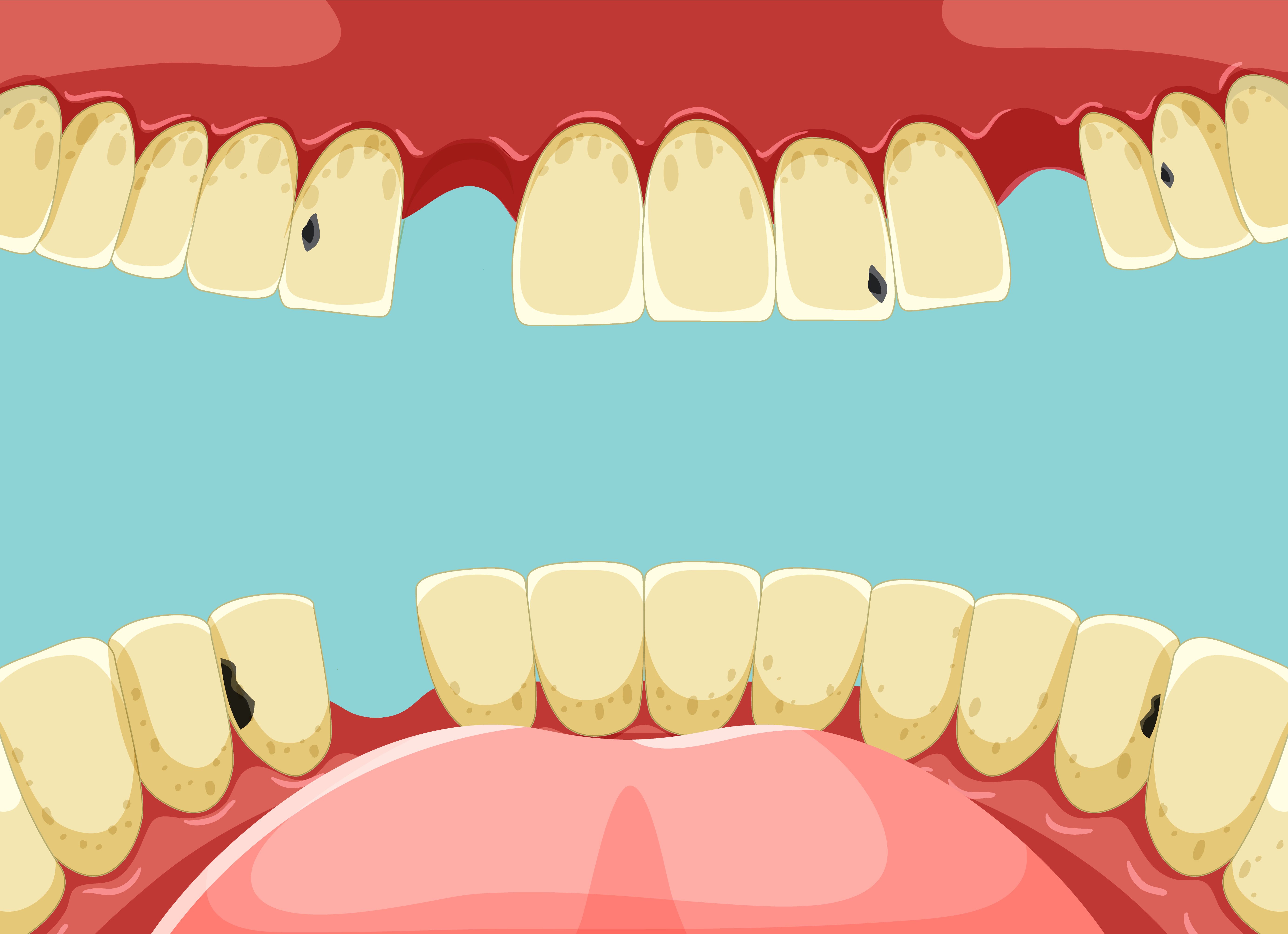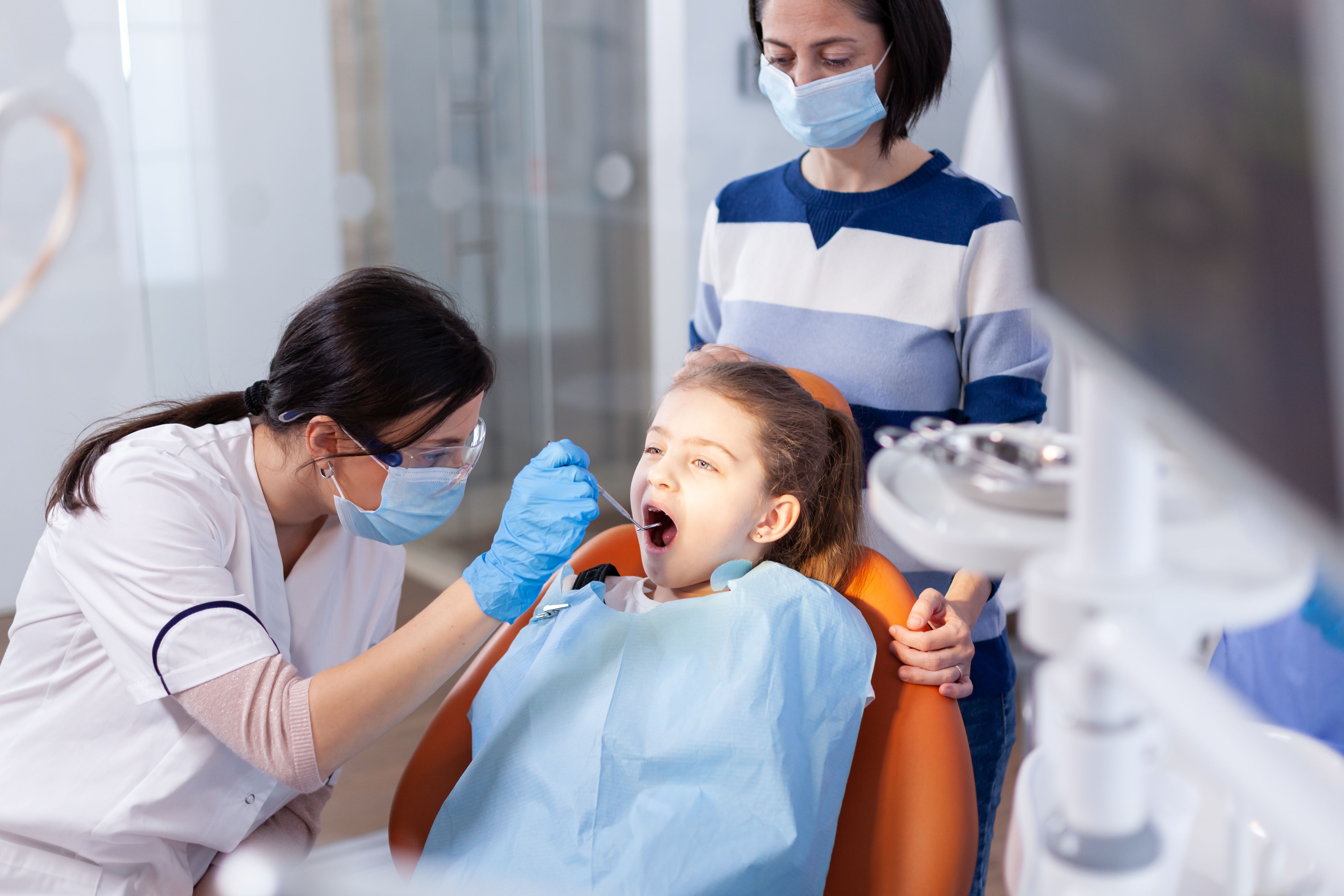Ensuring our children have healthy teeth and gums is essential to uplift their well-being. However, dental issues can arise despite our best efforts, and we must be aware of the available treatment options. One such treatment is pediatric dental pulp therapy.
Pediatric dental pulp therapy involves treating damaged dental pulp in children, preventing extraction, and preserving the natural tooth. This treatment has a high success rate and is less invasive than other procedures. However, it is vital to understand the process and benefits of this treatment. This article will explore the procedure and benefits of pediatric dental pulp therapy so parents can make informed decisions about their child's dental health.
"Pediatric dental pulp therapy has a success rate of over 90%, making it a highly effective way to save damaged or infected teeth in children. In addition to preserving primary teeth, pulp therapy can help prevent the need for more extensive and costly dental procedures".
Dental Pulp and Signs of Damaged Dental Pulp
Pediatric dental pulp refers to the soft tissue inside a tooth that consists of blood vessels, nerves, and connective tissue. The pulp is vital for the growth and development of teeth and provides sensory feedback and nourishment to the tooth. However, when the pulp becomes impaired or infected, it can pose a severe threat to the health and stability of the tooth and may require intervention such as pulp therapy.
The typical signs and symptoms of the damaged dental pulp include the following:
- Pain or sensitivity: Children may experience pain or discomfort when biting, chewing, or consuming hot or cold foods and beverages.
- Swelling or discoloration: The surrounding gum tissue may become swollen or tender if the pulp becomes inflamed or infected. The tooth may also appear discolored or darker than usual.
- Decay or damage: Cavities or trauma to the tooth can cause damage to the dental pulp, leading to infection or inflammation.
- Bad breath or taste: An infected dental pulp can result in an unpleasing taste or odor in the mouth, among other symptoms.
If your child has these symptoms, seeking a comprehensive examination and discussing treatment options with a qualified pediatric dentist is crucial. Early assistance or involvement can help prevent further damage and ensure the best probable outcome for your child's oral health.

Pediatric Dental Pulp Therapy: Pulpotomy Vs. Pulpectomy
Pulpotomy and pulpectomy are two common pediatric dental pulp therapy types. Here's a closer look at each procedure and what it involves:
- A pulpotomy is a dental procedure that partially removes the dental pulp. In this approach, the dentist removes the damaged or infected pulp tissue from the tooth's crown, which is the visible part, while leaving the healthy pulp tissue intact in the root canal. This procedure is ideal for children with decay or damage to the upper part of their baby teeth (the primary molars) whose root canals are still healthy.
- During a pulpotomy, the dentist will numb the area around the tooth and remove the affected pulp tissue from the crown. The remaining healthy pulp tissue in the root canal is then treated with a medicated filling material to prevent further infection. Finally, a filling or crown helps restore the tooth's function.
- Conversely, a pulpectomy is a complete pulp removal procedure that involves removing all the damaged or infected pulp tissue from the crown and root canals. During a pulpectomy, the dentist will numb the area around the tooth and then open the crown to access the pulp chamber. This procedure works best for children with more extensive decay or damage to their teeth or whose root canals are at high risk.
During a pulpectomy, the dentist will numb the area around the tooth and then open the crown to access the pulp chamber. The damaged or infected pulp tissue is removed from the crown and the root canals using specialized instruments. The root canals are then thoroughly cleaned and disinfected before being filled with a biocompatible material to seal them and prevent further infection. Finally, the dentist places a crown or uses dental filling to restore the tooth's structure.
Both pulpotomy and pulpectomy are highly effective ways to preserve damaged or infected teeth in children. The strategy will depend on the damage's extent and the affected tooth's location. Your child's pediatric dentist can help determine the best approach for their needs.
What to Expect During a Pediatric Pulp Therapy Appointment?
During a pediatric pulp therapy appointment, the dentist will thoroughly examine the child's teeth and gums. The dentist may then explain the procedure and answer any questions the child or parents may have. Afterward, dental X-rays will help determine the extent of the damage to the dental pulp.
The treatment usually takes 30 minutes to an hour, depending on the procedure's complexity. After the process, the child may experience some sensitivity or discomfort, but this is temporary and over-the-counter pain relievers help manage it.
What are the Procedural Steps in Pulp Therapy?
- To begin the pediatric dental pulp therapy procedure, the dentist administers local anesthesia to numb the area around the affected tooth. This step ensures that the child feels no pain during the process.
- After administering local anesthesia to numb the affected area, the dentist utilizes specialized instruments, such as a dental drill, to open the tooth to access the pulp chamber.
- The next step is removing the impaired or infected pulp from the pulp compartment and root canals. The dentist carefully removes the pulp to prevent further damage to the tooth.
- After removing the pulp, the dentist shapes the root canals to prepare them for filling. This process ensures that the filling material properly seals the canals and prevents bacteria from re-entering the pulp chamber.
- The dentist then fills the root canals with a biocompatible material such as gutta-percha. This step seals the canals and helps prevent further infection.
- Finally, the dentist places a crown or filling to protect and restore the tooth's function. This final step completes the pediatric dental pulp therapy procedure and helps ensure the tooth's long-term health.
Overall, pulp therapy is a complex and delicate procedure that requires the skill and expertise of a pediatric dentist. However, with the proper sustenance and attention, it can be a highly effective way to save a damaged or infected tooth and preserve your child's oral health.
Advantages of Pediatric Pulp Therapy
- Preserves natural tooth structure: One of the primary advantages of pediatric pulp therapy is that it allows the child to keep their natural tooth rather than having it extracted.
- Prevents infection: By removing the infected or damaged pulp and sealing the root canals, pulp therapy can prevent tooth infection from spreading to other parts of the mouth or body.
- Relieves pain and discomfort: Damaged or infected dental pulp can be very painful for children, making it difficult to eat, sleep, and play. Pulp therapy can help to relieve this pain and restore the child's ability to function normally.
- Promotes proper tooth development: When the pulp is damaged or infected, it can interfere with adequate tooth development. Pulp therapy can help to preserve the tooth's structure and support healthy growth and development.
- Cost-effective: Pulp therapy is more cost-effective than tooth extraction and replacement options like dental implants or bridges. It is an important consideration for families on a budget.
Concluding Thoughts
With options such as pulpotomy and pulpectomy, pediatric dentists can provide targeted and minimally invasive treatment to save children's teeth and prevent more extensive procedures. Recognizing the signs of damaged dental pulp and seeking treatment promptly to avoid further complications is essential. By choosing pulp therapy, parents can preserve their child's natural teeth.
While no dental procedure is without risk, pulp therapy can significantly affect a child's oral health and quality of life. By working closely with your child's dentist, you can help ensure they receive the care and support they need to maintain healthy teeth and gums, setting them up for a lifetime of good oral health. So if you suspect your child may be experiencing dental pulp issues, don't hesitate to contact a qualified pediatric dentist for help and guidance.
Contact your Pinole dentist, Azadeh Hosseini, DDS, or Ghazal Hosseini, DDS, at Top Pinole Dental today to learn more about Pediatric Dental Pulp Therapy.
Resource:
Pulp Infections and Treatments
This media/content or any other on this website does not prescribe, recommend, or prevent any treatment or procedure. Therefore, we highly recommend that you get the advice of a qualified dentist or other medical practitioners regarding your specific dental condition.
1500 Tara Hills Dr., Suite 104A, Pinole, CA 94564
Monday – Saturday 8:00 AM to 5:00 PM
